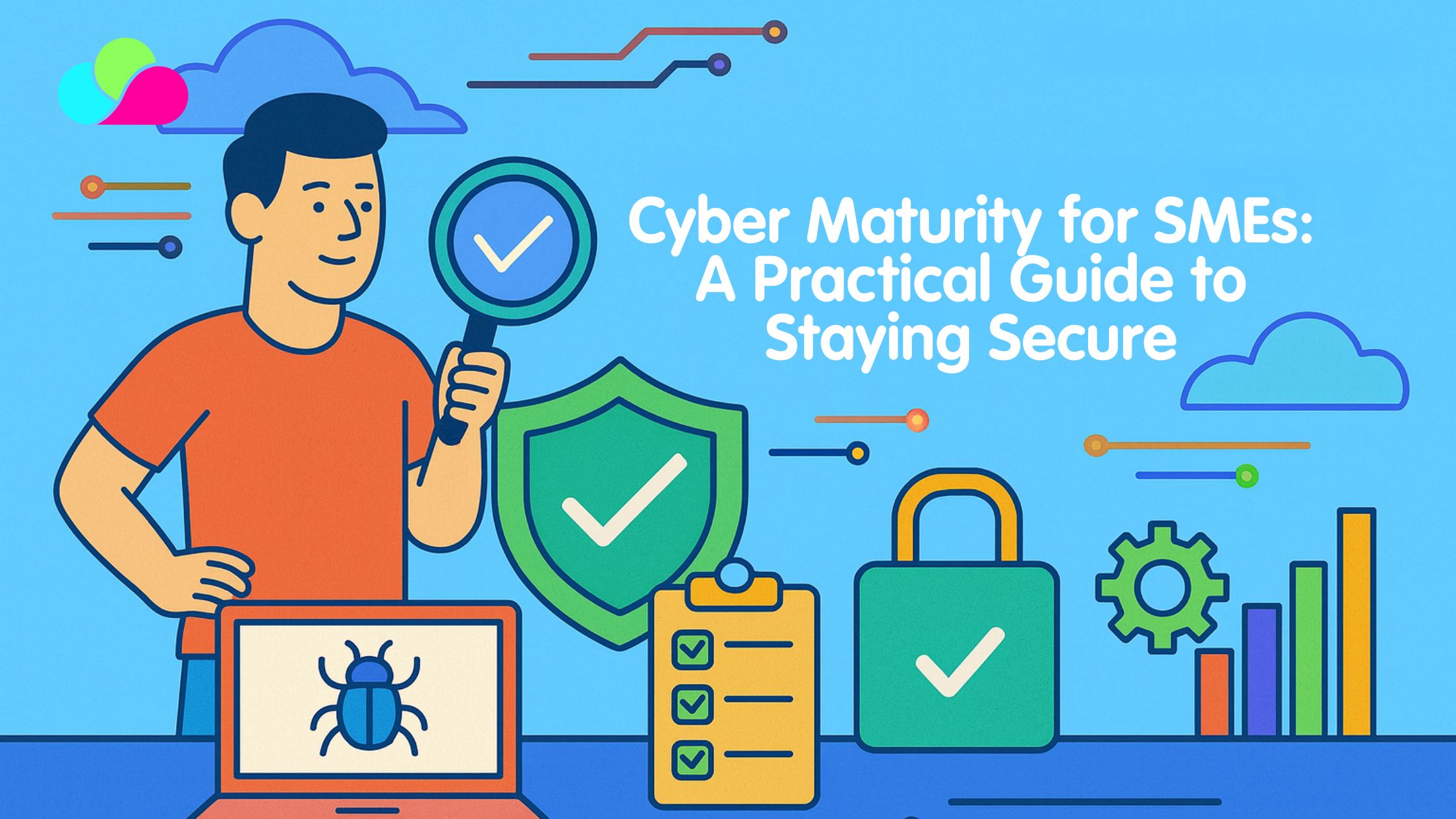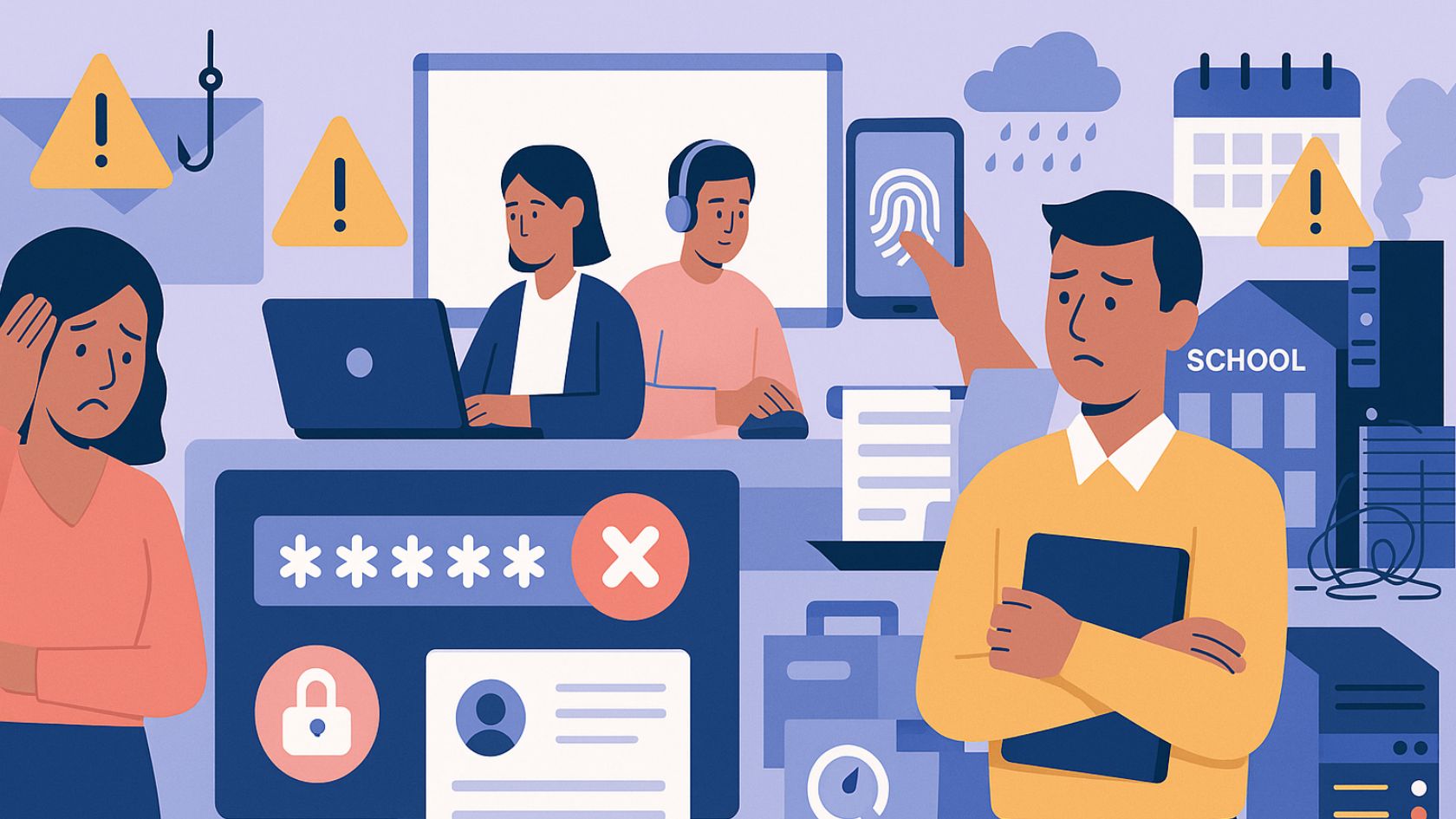By Victoria, Marketing Manager at Cloud & More
Last updated: 11 August 2025
Quick answer
Smart IT cuts waste and saves money. Move to cloud where it makes sense, extend device lifecycles, power down what you don’t need, standardise recycling, and track it. Small changes across your stack add up to real impact.
What to know first
- Sustainability isn’t a bolt-on. It’s everyday choices about devices, power, printing, and vendors.
- You don’t need a big budget. Most gains come from simple policy tweaks and better defaults.
- Measure a handful of things. Paper, printing, device age, energy settings, and recycling. That’s enough to start.
How IT helps, in plain English
1. Cloud where it counts
- Shift shared files to Microsoft 365 or SharePoint so people stop emailing attachments.
- Use Teams for chat and meetings to reduce travel and printing.
- Right-size storage and turn off unused services to avoid waste.
Watch out: “lift and shift” without housekeeping just moves mess to the cloud.
Pro Tip: Encourage your team to use tools like Microsoft Whiteboard for brainstorming instead of traditional paper flipcharts.
Read our blog: Choosing the best cloud storage for your business

2. Supporting remote and hybrid working
Modern workplaces
Allowing team members to work remotely or in hybrid setups reduces the need for office space, energy use, and commuting emissions.
How IT helps:
- Collaboration tools like Microsoft Teams keep remote teams connected.
- Cloud-based systems enable access to business data from anywhere.
- Hosted telephony ensures seamless communication without physical phone systems.

3. Buy better, keep longer
- Standardise on reliable business-grade laptops with easy battery and SSD swaps
- Aim for a 4–5 year lifecycle with a mid-life refresh, not a full replacement.
- Use a consistent build to speed repairs and keep spares useful.
Tip: Track device age in your asset list and plan refreshes by quarter.
4. Power settings that stick
- Enforce power plans with Intune: sleep after 10–15 minutes, screen off sooner.
- Set monitors and docked setups to sleep, not idle.
- Use meeting room screens that auto-sleep outside bookings.
Bonus: Publish a one-pager so the team knows what to expect.

5. Print less by default
- Secure print queues. Duplex on. Colour only when needed.
- Default to PDFs. Use e-signing in Microsoft 365 where possible.
- Archive in SharePoint with retention. Stop filing cabinets breeding.
Quick win: Turn on “print to OneDrive” as the first option.
6. Smarter device disposal & recycling
- Wipe and refurbish what you can. Reuse internally first.
- Use certified recyclers with a chain of custody and proof of data destruction.
- Donate functional equipment to organisations in need.
- Remove local admin rights so kit doesn’t leave with company data.
Non-negotiable: Always get a disposal certificate.
7. Trim your meeting and travel footprint
- Use Teams for most client catch-ups.
- If you must travel, batch meetings and use pooled cars or trains.
- Record short how-to videos instead of repeating screen-shares all week.
8. Vendor choices that matter
- Ask suppliers about repairability, warranty, and take-back schemes.
- Prefer energy-efficient kit and data centres with transparent reporting.
- Don’t pay for ghost licences or idle VMs.
Things to try this month
- Turn on company-wide power plans in Intune.
- Switch shared drives to SharePoint and archive old folders.
- Make duplex printing the default and lock it.
- Add a disposal policy and pick a certified recycler.
- Start a simple KPI sheet: paper packs per month, devices older than 4 years, recycling receipts, meeting travel vs Teams.
Common mistakes to avoid
- Buying cheap consumer laptops that die early.
- Ignoring idle licences and zombie cloud resources.
- Keeping personal OneDrive silos that force printing and emailing.
- “We’ll sort recycling later.” Later never comes. Put dates in the calendar.
FAQ: IT and sustainability for businesses
1. How can IT help SMEs become more sustainable?
IT supports digital transformation, enabling paperless operations, remote work, and energy-efficient practices, all of which reduce environmental impact.
2. Is sustainable IT cost-effective?
Yes! Digital tools and energy-efficient systems often reduce operating costs while supporting sustainability goals.
3. How can SMEs responsibly dispose of old IT equipment?
Work with an IT provider like Cloud & More to ensure secure data wiping and eco-friendly recycling options.
4. Can Cloud & More help implement sustainable IT solutions?
Absolutely. We specialise in helping businesses adopt sustainable practices with tailored IT strategies.
5. What’s the easiest place to start?
Power plans, duplex printing, and moving team files to SharePoint.
6. How do we measure progress without drowning in data?
Track five things: paper, print jobs, device age, energy policy compliance, recycling certificates.
Make sustainability part of your business strategy
Adopting sustainable practices doesn’t just benefit the planet, it can also save your business money and improve efficiency. IT plays a vital role in helping small businesses go green without sacrificing productivity.
At Cloud & More, we provide IT solutions that support sustainability for businesses. Contact us today to learn how we can help your business achieve its eco-friendly goals.









